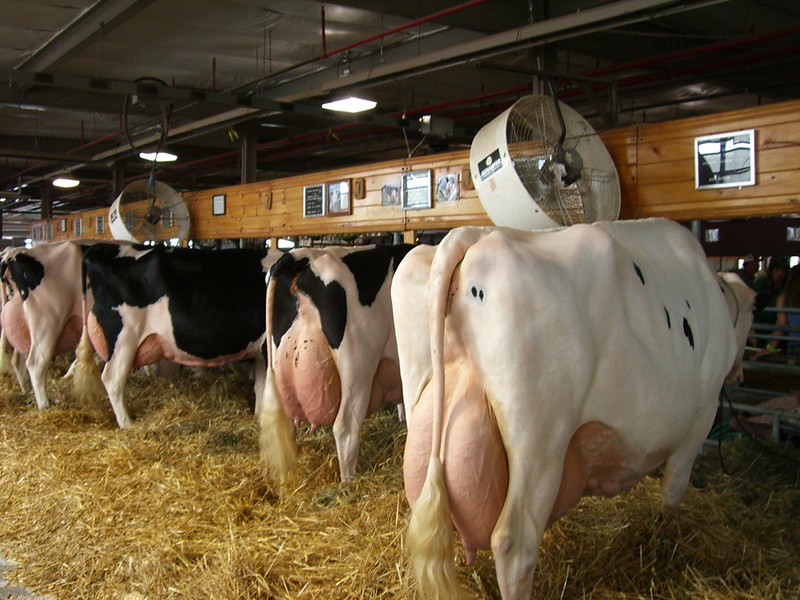Following Cuba's health ministry recent announcement of Oropouche virus cases, the World Health Organization (WHO) yesterday provided more details, including that the outbreak is the country's first involving the insect-borne virus.
.jpg)
So far, 74 cases have been confirmed, 54 in Santiago de Cuba province and 20 in Cienfuegos province. The cases were found during enhanced surveillance following a rise in febrile illnesses. Illness onsets ranged from May 2 to May 23, with cases peaking during the week ending May 24. The most common symptoms were fever, low-back pain, headache, loss of appetite, vomiting, weakness, joint pain, and eye pain.
Slightly more than half of the patients were male, and the median age was 34 years. All patients showed signs of recovery at day 3 or 4 of their illnesses. So far, no severe or fatal cases have been reported. Oropouche virus is transmitted primarily through the bite of the Culicoides paraensis midge.
Cuban population highly susceptible
The WHO said since Cuba is experiencing Oropouche virus infections for the first time and the country's population is highly susceptible, contributing to a risk of more cases. The agency also noted a risk of international spread, given that Cuba is a tourist destination and that the midge that carries the virus is widely distributed in the Americas.
Earlier this spring, the WHO's Pan American Health Organization warned of Oropouche virus rises in some Americas countries, with cases already reported in Brazil, Bolivia, Colombia, and Peru.
















